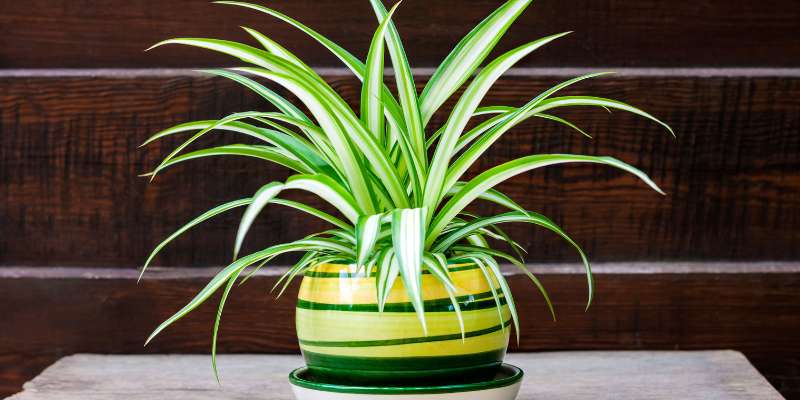If you’re dealing with a windowless room, fear not. Here are some strategies to ensure your room gets the ventilation it needs:
Install Air Vents
Installing air vents or registers in your windowless room can significantly improve air circulation. They can be connected to your central air system, ensuring a consistent supply of fresh air from other parts of the building. It’s essential to get this professionally installed to guarantee it’s correctly integrated into your existing HVAC system.
Use Air Purifiers
Air purifiers aren’t just helpful in removing allergens and pollutants from the air; they can also help circulate the air in a room. Look for a purifier with a HEPA filter for the best results – they’re capable of trapping microscopic particles, helping you breathe cleaner, healthier air.
Invest in a Dehumidifier
A lack of ventilation often leads to increased humidity, resulting in mould and mildew growth. A dehumidifier can help by reducing moisture levels, making the room more comfortable and less hospitable to allergens.

Use Fans
Although fans don’t bring in fresh air, they can circulate existing air, creating a breeze and preventing air from becoming stagnant. There are many types to consider, from ceiling and floor fans to wall-mounted models.
Install an Air Conditioner
A portable or ductless mini-split air conditioner can cool a room, reduce humidity, and circulate air all at once. It’s an excellent option for rooms that get particularly hot but lack windows.
Consider Air Ducts or an HVAC System
If it’s a viable option, incorporating an air duct into the room connected to an HVAC system can provide constant air circulation. This would need to be professionally installed and is a more significant investment, but it can be a valuable addition, particularly for larger windowless rooms.
Create Door Undercuts
An undercut is a gap left at the bottom of the door to allow air to circulate in and out of the room when the door is closed. While it’s not a complete solution, it can aid in increasing airflow.
Use Plants
Certain indoor plants like spider plants, English ivy, and snake plants are renowned for their air-purifying qualities. They absorb carbon dioxide and release oxygen, contributing to a fresher environment.

Ventilating a room without windows may seem challenging, but it’s entirely achievable with the right strategies and tools. Remember, every space is different, and you may need to combine several of these options to effectively ventilate your room. Also, it’s worth considering professional advice to ensure you’re creating the healthiest and most comfortable space possible.
At Ratio Seven, we understand the importance of well-ventilated spaces and the role they play in energy efficiency and comfort. Whether it’s conducting airtightness testing or providing building consultancy, we’re here to help you create healthier, more comfortable living spaces.




